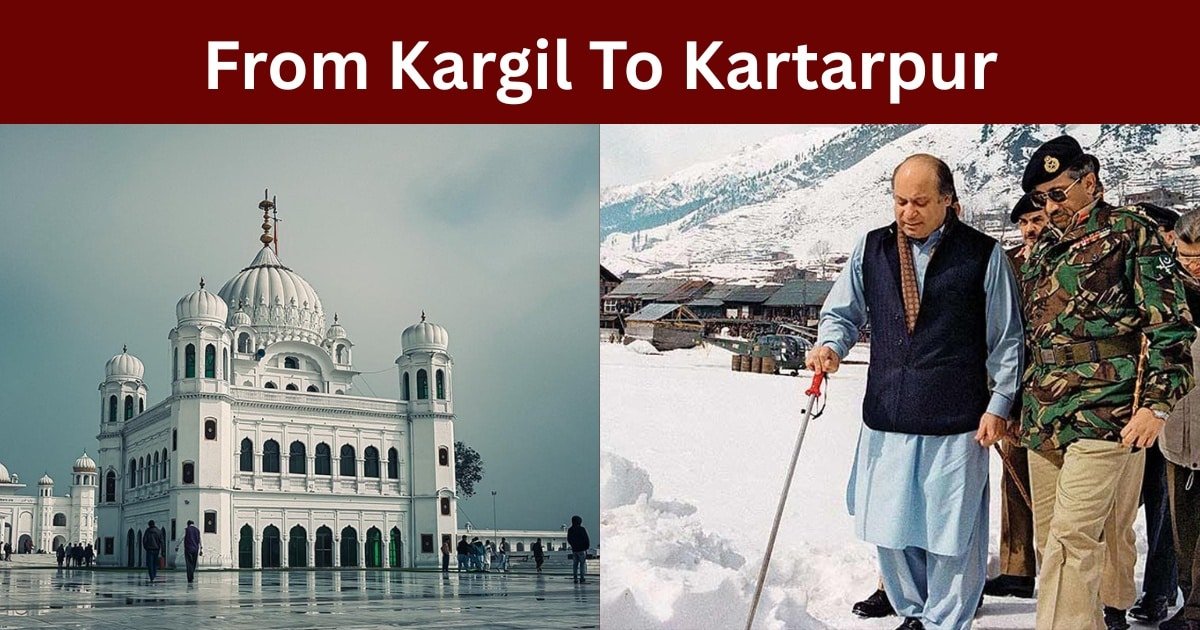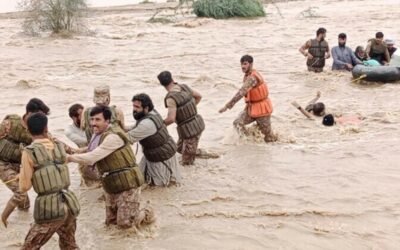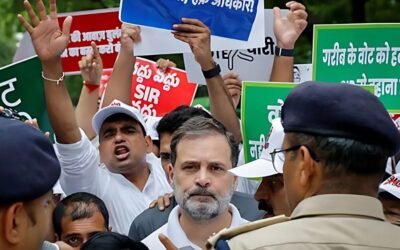The Kargil war of 1999 and the opening of the Kartarpur Corridor in 2019 showcase two starkly different approaches in Pakistan’s foreign policy towards India. The Kargil conflict was an aggressive military action initiated by Pakistan, driven by geo-strategic goals in the region. In contrast, the opening of the Kartarpur Corridor in 2019 was a peace gesture by the Pakistani government aimed at fostering goodwill, particularly towards the Sikh community in India. These events, separated by two decades, highlight the shift in Pakistan’s approach to India—moving from military confrontation to diplomatic outreach. However, despite these efforts, India’s response has often been antagonistic, showing a consistent failure to reciprocate Pakistan’s peace gestures.
Kargil War: Operation Badr and Doctrine Shifts
While there are many sectors that criticize Pervez Musharraf’s Kargil offensive, the operation had some necessary objectives. Pervez Musharraf, serving as Director General of Military Operations (DGMO) at the time, launched Operation Badr. It is also known as Operation Koh-E-Paima in some reports. This initiated the Kargil conflict. The main objectives of this mission were to infiltrate Pakistani soldiers into key strategic heights in the Kargil-Dras-Bataliq sector of Indian-occupied Kashmir. The main goal was to cut off NH-1A, which was the main supply route to Ladakh and Siachen.
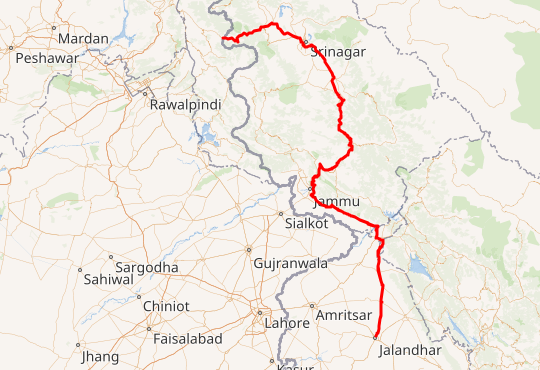
Source: Wikipedia
The inspiration for the naming of the operation came from Islam’s first strategic victory over an enemy army roughly three times its size. The situation at Kargil was the same. Under the command of General Pervez Musharraf was Chief of General Staff, Lt. Gen. Aziz Khan, and Lt. Gen. Mahmud Ahmed, who was commanding the 10 Corps at the time of Kargil. Brigadier Javed Hassan, who was serving as DG FCNA, was also part of this command. Prime Minister Nawaz Sharif claimed time and again after the Kargil fiasco that he was unaware of the operation. It is, however, hard to believe that he could not be aware of such a huge ongoing conflict while holding the top office of the country. One of the many reasons for the need for this operation originated from India’s lack of cooperation in resolving the Kashmir conflict. Another motivation was a retaliation to India’s illegal encroachment upon the Siachen glacier back in 1984 in the form of Operation Meghdoot. Kargil was seen as a chance to reverse that setback, especially after the successful nuclear tests by Pakistan’s nuclear programme in Chaghi, Balochistan, in 1998. The operation was carried out during the winter when troop movement was hard on both sides due to the inhospitable weather and terrain. Pakistani troops, mainly from the Northern Light Infantry (NLI), occupied key positions and established a significant tactical advantage.
You May Like To Read: India’s Missing Uranium: Why the Global Silence?
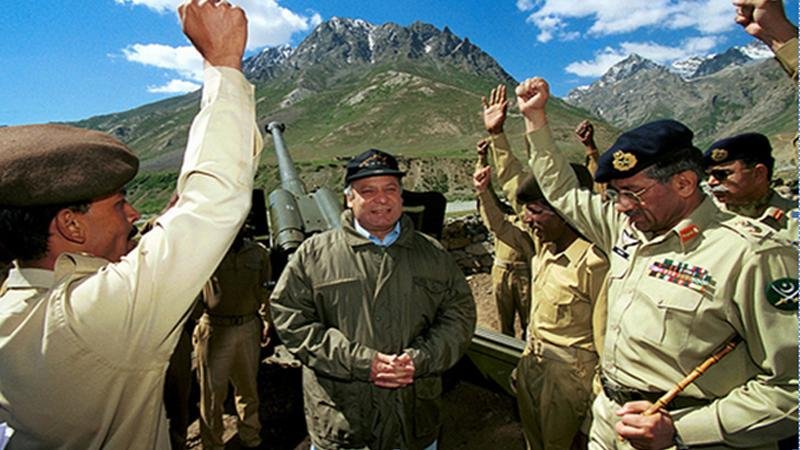
Source: Daily Times
Indian patrols found out about this infiltration as late as May 1999, when the conflict began. India launched Operation Vijay. The conflict lasted for two months and saw intense high-altitude conflict. The operation by Pakistan was likely to achieve its goals if it were not for the civilian government’s lack of support and diplomatic backing. It ended in a stalemate.
View this post on Instagram
While the conflict as a whole did not turn out in Pakistan’s favor, Pakistani forces fought valiantly. Captain Kernal Sher Khan Shaheed of the 12th NLI was one such courageous officer who was recommended for Pakistan’s highest military award by an Indian army officer posted at Kargil. He was awarded Nishan-e-Haider for defending Tiger Hill against eight enemy attacks and recapturing posts at 15000 ft. Captain Kernal Sher Khan embraced shahadat after being hit by an enemy machine gun. He embodied the very spirit of Operation Badr by going against an enemy ten times his size and the ammunition available.
Aftermath
There was a significant loss of trust between the two countries due to India’s covert illegal encroachment of Siachen in 1984. The Kargil conflict further aggravated it.
View this post on Instagram
By now, both were nuclear-armed states and could not afford an all-out war. One positive impact of this conflict, however, was that the world’s attention was brought back to the Kashmir issue. It also increased military presence on both sides along the line of control. This, although a sign of loss of trust, did help in bringing a prolonged period of ‘cold peace’. It was not ideal, but it worked.
The Kartarpur Corridor: Diplomacy of Peace and Goodwill
The Gurdwara Darbar Sahib in Kartarpur is a holy place for Sikhs where Guru Nanak, the founder of Sikhism, spent the last years of his life. Two decades after the Kargil war, Pakistan inaugurated the Kartarpur Corridor in 2019. It was a complete 180-degree shift from the past relations between the two countries. It was a gesture of goodwill towards the Sikh community both here and across the border. The place became symbolic for many a heartfelt reunion between families separated during the Partition of 1947. It has become a visa-free India-Pakistan border link that enables Sikh pilgrimage. The Kartarpur corridor has become synonymous with the promotion of religious tourism, cultural diplomacy, peace, and regional cooperation.
From Armed Conflicts to Peace Corridors
While critics have raised concerns about security and questioned the motives behind both events, Kargil and Kartarpur remain pivotal moments in the history of Pak-India relations. Kargil serves as a stark reminder of the tense and hostile situations that have defined much of the past, whereas Kartarpur holds the promise of cooperation and regional peace. It demonstrates that even a small gesture of mutual respect can help bridge long-standing diplomatic gaps.
You May Like To Read: The 1979-89 Mujahideen Pipeline: Pakistan’s Forgotten Intelligence Legacy
However, despite Pakistan’s continued peace efforts, India’s actions have proven otherwise. The Bharatiya Janata Party (BJP)-led government has repeatedly failed to reciprocate in good faith, as seen with the false allegations of 2019 and the unjustified attacks of 2025. The Indian government’s approach undermines peace and perpetuates conflict. Pakistan’s goodwill gestures, such as the Kartarpur Corridor, have been met with disdain, highlighting India’s refusal to engage in sincere dialogue.
Pakistan has shown a willingness for peace, but it is evident that peace gestures alone will not suffice in the face of a government that consistently resorts to aggression. Pakistan must now consider a more resolute stance, one that prioritizes national security and responds to aggression with an iron hand.

